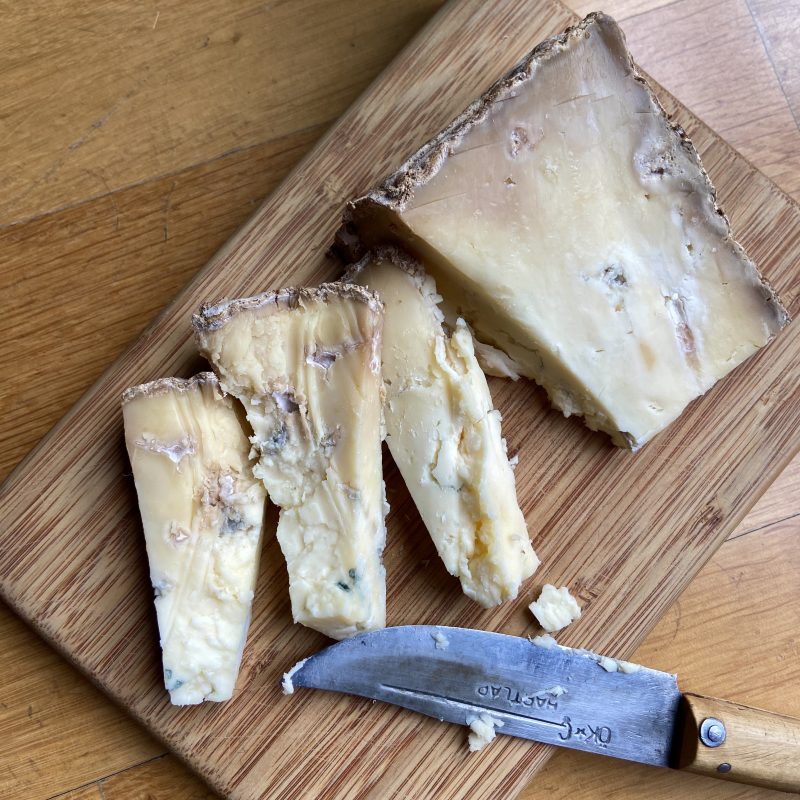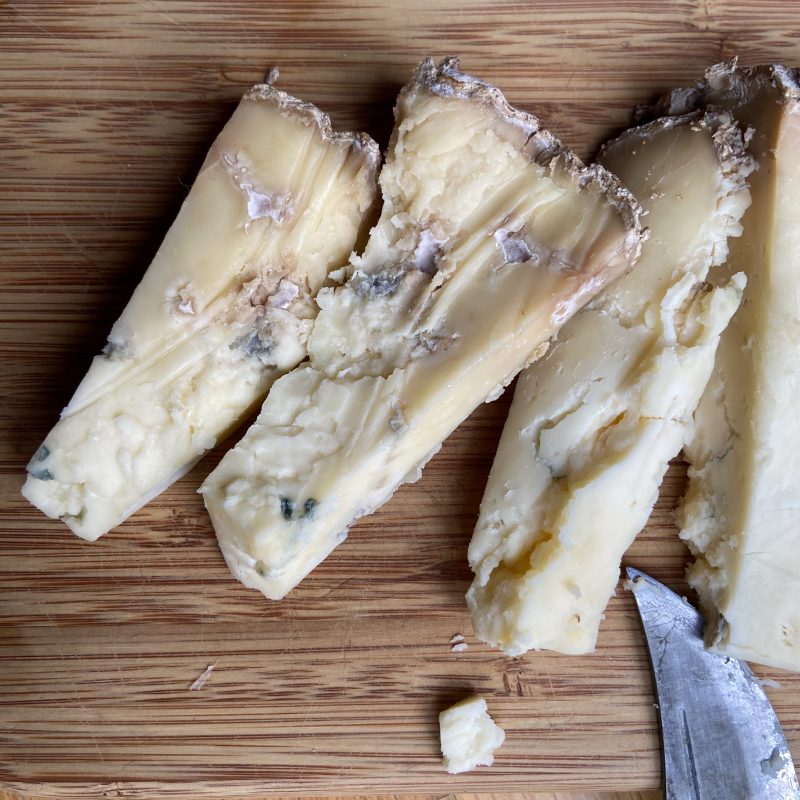This is a monthly series. You can subscribe to it here, and here is how it all began… enjoy!
Read it in Japanese.
Read it in German.
Walter says: The category of sparkling sake is still a young one, and possibly that’s the reason it is more popular abroad than in Japan. However there is a traditional context to it. Originally many Japanese used to make a simple rice brew at home, called doburoku. When alcohol tax was introduced during the Meji era (1868-1912) that practice was declared illegal. The doburoku style gave way to nigorizake, cloudy sake, somewhat similar to fresh, fermenting wine due to the only partial removal of lees to reinforce the yeasty aroma. Lately the market has seen a growing number of variations on that theme, some of them with a markedly higher CO2 content, sometimes off-dry, often downright sweet.
The Harushika brewery’s Tokimeki from Nara is part of the latter, on the opposite end as compared to the same producer’s Super-Dry sake we introduced in January. With -100 (!!) on the SMV scale this sparkling sake with the goldhearted label is really, truly sweet. At the same time though it has enough other things going on to balance that sweetness and prevent it to be cloying. In addition there is the fine mousse which actually stems from a classic fermentation on the bottle, whereas most sparkling sake just have CO2 added.
In this case the recommendation regarding the right temperature is straightforward: it really tastes best well chilled, be it as an aperitif or paired with a sweet course – the brewery recommends deep-fried chicken, French fries and potato salad with mayonnaise.

Brewery: Harushika
Name: Tokimeki
Type: Sparkling Sake (Nigorizake)
Alc.: 6.5 %
SMV: -100
RPR: 70%
Acidity: 5.5
Rice: Hinohikari
Prefecture: Nara
Heinzelcheese says: Tokimeki was one of the very first sakes I ever tasted. I admit: I was skeptical. Very skeptical, and the label’s red and golden hearts did not help. But honestly: I had to eat humble pie. The hearts are fine. As Walter notices Tokimeki tastes anything than cloyingly sweet, at 6.5% alcohol it is refreshingly light, and the CO2 is really refreshing. It smells of brioche dough, very yeasty (which I like a lot) and on the palate it reminds me of sweet almonds, peanut butter and gianduja, the sweetness well integrated like in the best chocolate, literally soaked up in the finish by the umami (I can see those French fries with it! ;)
I had prepared four different blue cheeses, and it came as a real surprise to me how different Tokimeki reacted with every single one of those rather similar cheeses. Bleu d’Auvergne made it veer into sweetness and turned unpleasantly funky itself. The creaminess of Friesisch Blue from Backensholz liked it, but as soon as the washed rind came into the picture, they turned their back onto each other. Rather mature Stilton was okey-ish. But then, tata, came Mike Thomson’s Young Buck from Northern Ireland. Whoever has been spending a bit of time on these pages knows about this great cheese, modelled on Stichelton, a raw-milk Stilton – and yet fundamentally different at the same time, more dense and quiet, darker, more buttery, almost like fudge. The Tokimeki liked that, a lot, because its sweet yeastiness and the umami were both not only seen, but lovingly embraced. They blended into a very fine cheese dessert, heartily.

Should you be interested in this or other sake, please contact Walter!
This is a monthly series. You can subscribe to it here, and here is how it all began… enjoy!



